An offtopic story but with a Pokitto-related point.
Some time back I got my hands on an old gem IBM ThinkPad laptop. The HDD is dead and it’s missing a few keys, but other than that it’s perfectly fine. I decided to experiment and revive him.
The specs: 1.6 GHz single core CPU, 512 MB RAM.
I found a super lightweight Linux distro family named Puppy Linux, made a bootable flash drive and made it run no problem:
So now I also have my own pocket-sized OS that I can run on anything, with persistent storage. I can use it to probe hardware of computers I come across and do all kinds of hacking of locked computers.
Anyway, yesterday I booted that computer again and since it has very big problems running modern browsers (or rather displaying the horribly bloated websites), I decided to check out some simple web browsing. I installed the command line web browser named links, plus also some similar ones (lynx, w3m, …). Needless to say I was quite happy with these. I’ve been even able to read this forum, though logging in wasn’t possible (due to lack of JS support):
And so, naturally, my thoughts now revolve around a Pokitto web browser. Specifically an HTML renderer as a first step, until we get some possibility to comfortably connect to the internet.
The biggest problem I can see is the website size – checking some mainstream sites, the HTML is usually above 50KB, which we couldn’t store in RAM. Switching to mobile version we get to lower sizes, such as some 20KB for Wikipedia, but still, adding PokittoLib, this seems like too much. It’s not impossible though, if we involve the SD card, to convert it to some more compressed format, given HTML tags and things useless to us like scripts and CSS could mostly be stripped.
I think we wouldn’t have too many problems otherwise – the website text is static, so we can build pointers to the text and helper structures for quick rendering – unlike with my text editor. I also already have some encoding handling code from my text editor. And I bet there are tons of lightweight XML/HTML parsers around, and similar web-related stuff.
Opinions on web browsing on Pokitto? 
EDIT:
HTML wouldn’t just need to mean the web of course. For example some e-books are distributed as HTML, so you could potentially read these as well.
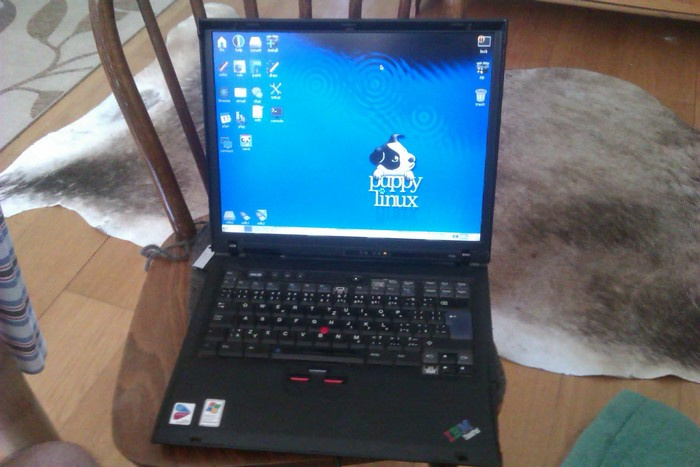
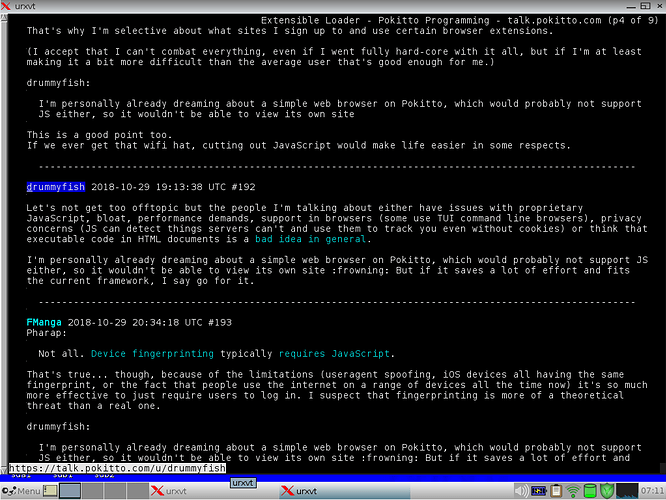

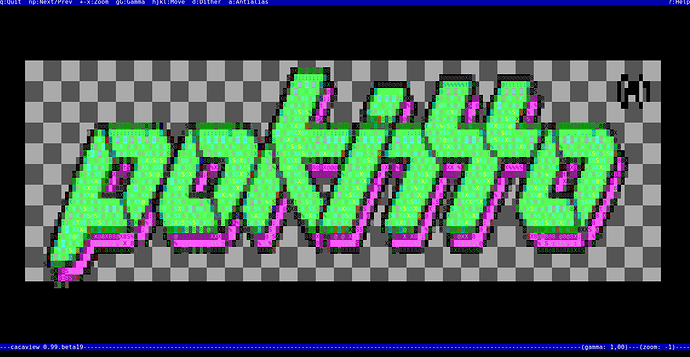
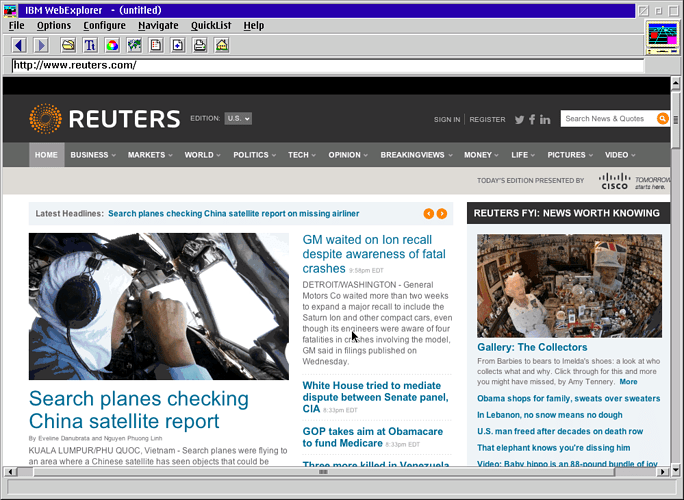


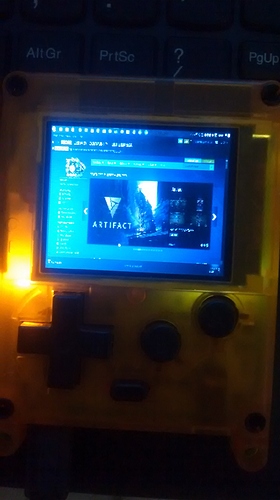


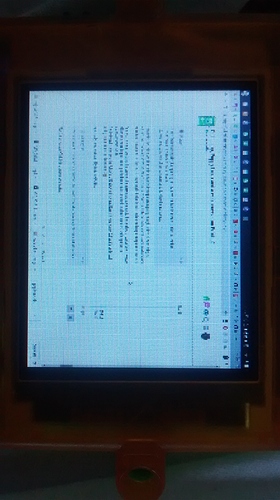


 I wanna try various games this way.
I wanna try various games this way.